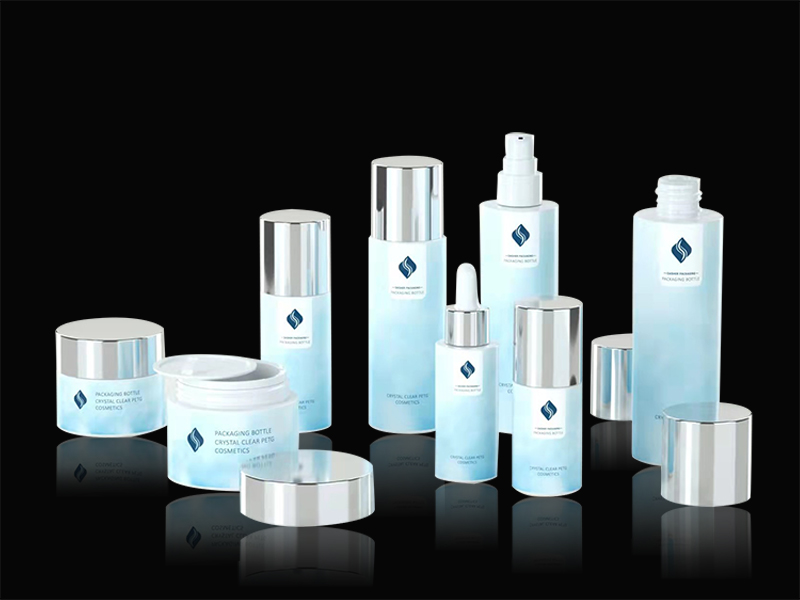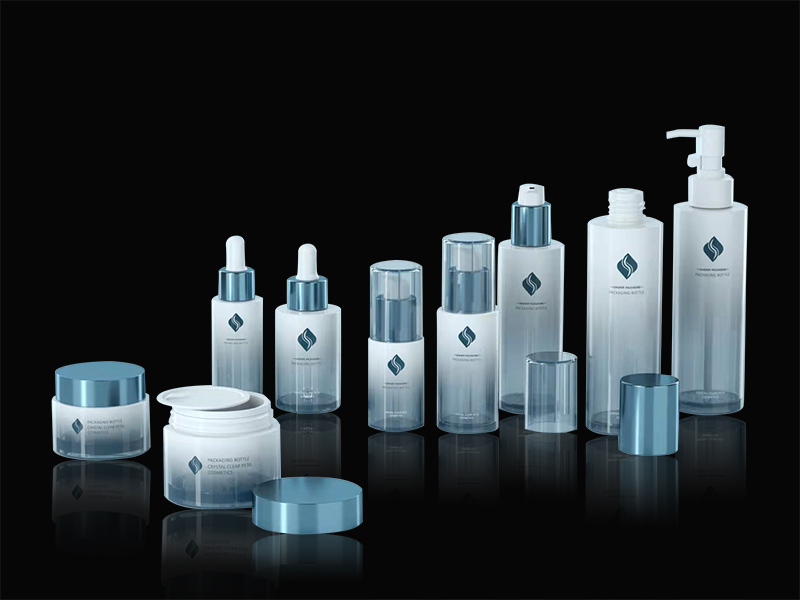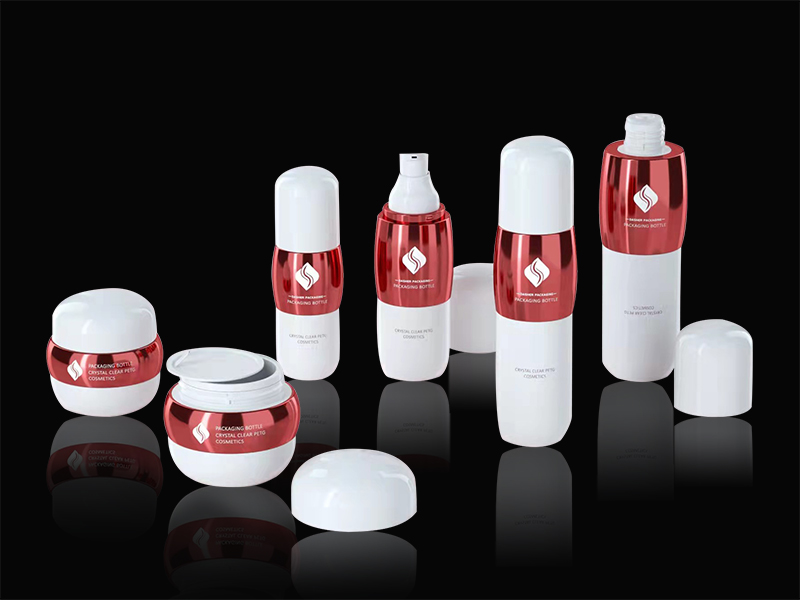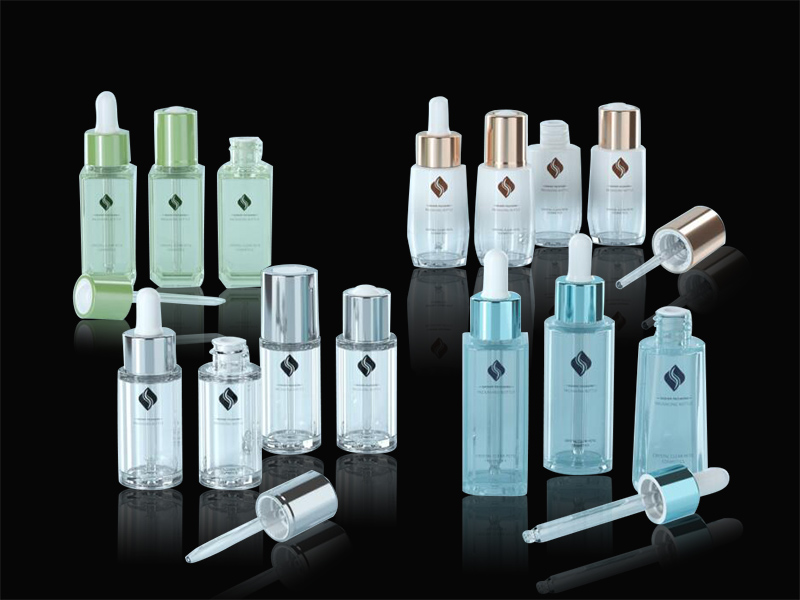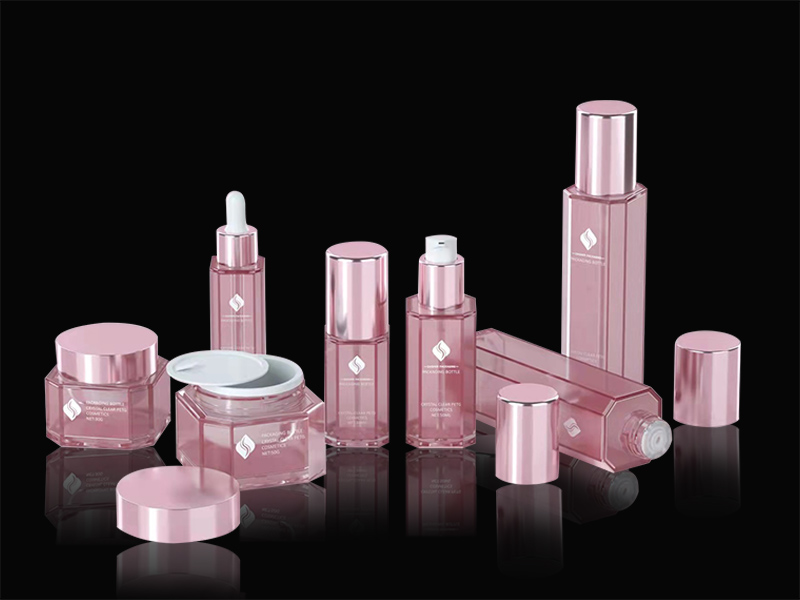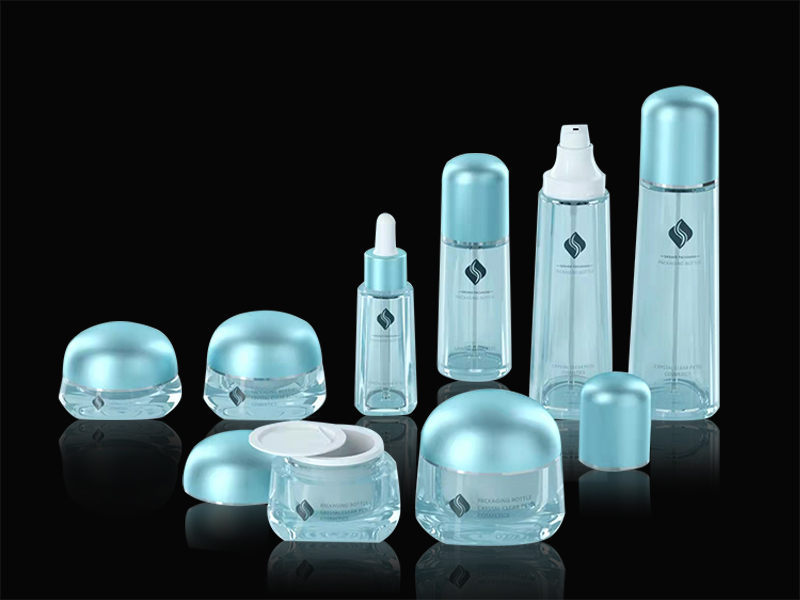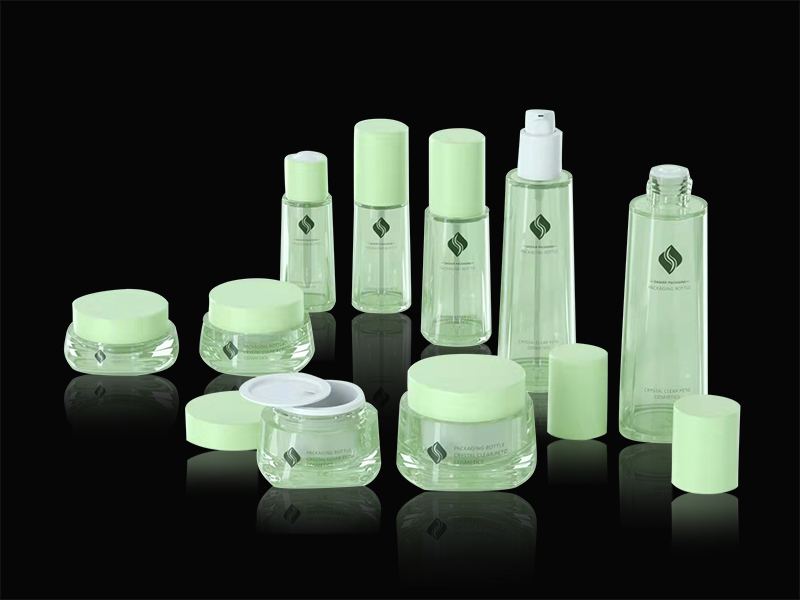The molding process of a plastic bottle refers to a process of making a final plastic article from a polymer manufactured by a synthetic resin manufacturer. Processing methods (often referred to as primary processing of plastics) include compression molding (molding), extrusion (extrusion), injection molding (injection molding), blow molding (hollow molding), calendering, and the like.
Compression molding
Compression molding is also called compression molding or press molding, and compression molding is mainly used for molding thermosetting plastics such as phenolic resin, urea-formaldehyde resin, and unsaturated polyester resin.
2. Extrusion
Extrusion, also known as extrusion molding, is a method of extruding a heated resin through a die using an extruder (extruder) to extrude a desired shape of the article. Extrusion is sometimes also used in the formation of thermoset plastics and can be used in the formation of foams. The advantage of extrusion is that it can extrude various shapes of products, and has high production efficiency and can be automated and continuously produced. The disadvantage is that thermosetting plastics cannot be widely processed by this method, and the product size is prone to deviation.
3. Injection molding
Injection molding is also called injection molding. Injection molding is a method in which a thermoplastic melt is injected into a mold under high pressure using an injection molding machine (or an injection machine) to obtain a product by cooling and solidifying. Injection molding can also be used to form thermoset plastics and foams. The advantages of injection molding are fast production speed, high efficiency, automatic operation, and the ability to form parts with complex shapes, especially for mass production. The disadvantages are high equipment and mold costs, and it is difficult to clean the injection molding machine.

